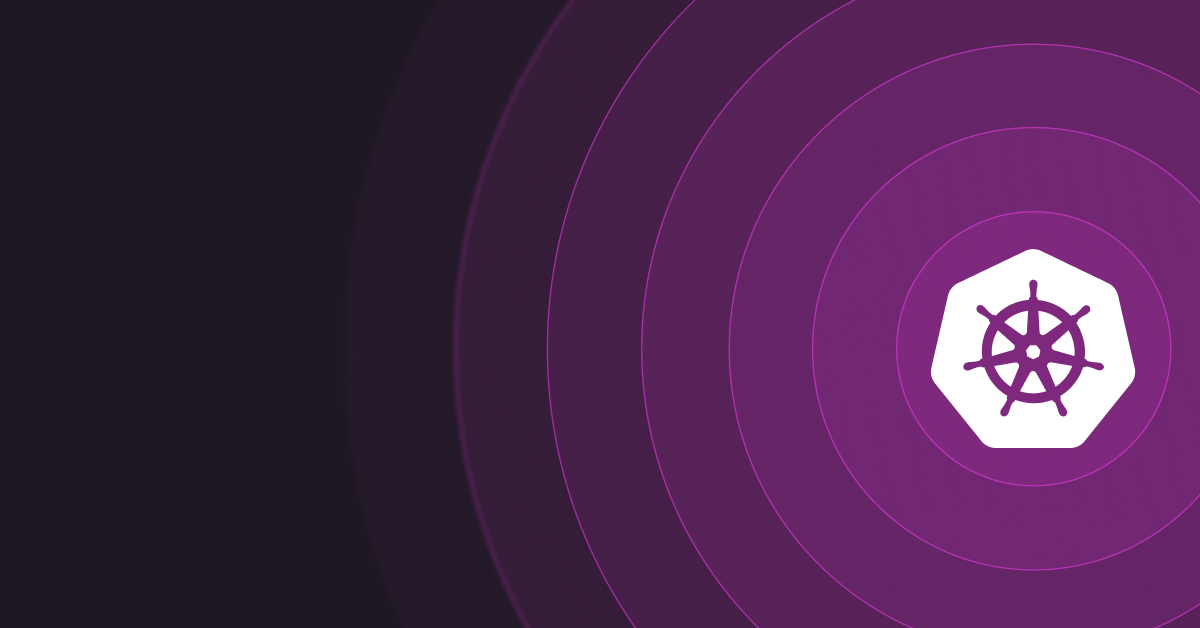The Kubernetes revolution promised to solve our infrastructure challenges. Instead, it created new ones.
As platform teams race to support ever-growing developer populations, a troubling pattern emerges: the same operational bottlenecks that plagued traditional infrastructure are resurfacing in cloud-native environments—just wearing different clothes. Security vulnerabilities slip through in HelmCharts. Developers wait days for simple infrastructure requests. Production incidents cascade because nobody can quickly correlate metrics, logs, and traces across a sprawling microservices architecture.
The root cause? Kubernetes hasn't eliminated operational complexity—it's redistributed it.
How AI is Transforming Kubernetes Infrastructure Management: Lessons from the Trenches


The Hidden Cost of Kubernetes at Scale
Recent surveys reveal that developers spend nearly 70% of their time dealing with operational overhead rather than building features. This breaks down into predictable patterns:
- 15-20% lost to tool overload – navigating 15+ different platforms for CI/CD, monitoring, logging, deployment, and security
- 15-20% consumed by context switching – hours disappearing as engineers jump between tools, losing focus and productivity
- 10-15% trapped in data silos – critical information scattered across platforms, making it impossible to get a complete picture
- 15-20% buried in knowledge gaps – documentation fragmented, tribal knowledge locked in people's heads
What If Infrastructure Could Think?
This is where artificial intelligence enters the conversation—not as hype, but as a practical solution to a measurable problem.
Modern AI systems can now:
- Understand natural language queries – "Show me all publicly accessible S3 buckets in production" returns actual results, not a list of CLI commands to run
- Correlate across data silos – connecting dots between a deployment failure, a security group change, and a spike in error rates that would take humans hours to piece together
- Execute multi-step operations – turning "provision a development environment for the payments service" from a ticket queue into a two-minute conversation
- Learn from incidents – capturing tribal knowledge from each resolution and making it searchable for the entire team
Real-World Applications: Beyond the Hype
Let's examine three scenarios where AI-powered infrastructure management delivers measurable impact:
Security Compliance at Scale
AI-powered approach: "Scan our AWS infrastructure for CIS Benchmark violations and create remediation plans." Within minutes, you have a prioritized list with context about each issue, estimated impact, and automated fixes ready to execute with approval.
Result: Security posture improves from quarterly to continuous, vulnerabilities get remediated in hours instead of weeks, and platform teams reclaim dozens of hours per month.
Developer Self-Service
AI-powered approach: Developer asks, "Why am I getting a 403 error calling the cart service API?" AI agent checks permissions, identifies the misconfigured security group, explains the issue, and offers to fix it. Total time: under 2 minutes.
Result: 60-80% reduction in routine tickets, developers unblocked immediately, platform teams focus on strategic work.
Incident Response
AI-powered approach: Alert fires, AI agent correlates the error spike with a recent config change, identifies the problematic deployment, suggests rollback, and prepares detailed incident report. Human reviews and approves. MTTR: 5-10 minutes.
Result: 50-70% reduction in MTTR, fewer escalations, junior engineers empowered to resolve incidents confidently.
The Architecture of Intelligent Infrastructure
Building AI into infrastructure management requires more than bolting a chatbot onto your existing tools. It demands:
Contextual knowledge graphs that understand relationships between services, dependencies, owners, and historical incidents. When you ask "Which services depend on the discovery API?" the system needs to know not just the technical dependencies but also deployment patterns, blast radius considerations, and who to notify.
Multi-source data integration that unifies metrics, logs, traces, code repositories, and infrastructure configs into a coherent view. The AI needs to read your Prometheus metrics, Grafana Loki logs, GitHub repositories, and AWS resource tags—then connect the dots.
Action execution frameworks that can safely translate natural language intent into infrastructure operations. "Provision a staging environment" should trigger validated Terraform, create appropriate security policies, configure monitoring, and document what was created—without manual intervention.
Learning systems that improve from every interaction. Each incident resolution, each configuration change, each question asked should make the system smarter and more aligned with your team's specific workflows.
Governance Without Gatekeeping
The objection I hear most frequently: "But what about guardrails? What if AI makes a dangerous change?"
This concern reflects a false choice between enablement and safety. Well-designed AI-powered infrastructure systems don't bypass governance—they enforce it more consistently than manual processes ever could.
Consider approval workflows: Instead of relying on engineers to remember which changes require security review, AI can automatically route requests based on risk classification. Provisioning a dev database? Approved instantly. Modifying production security groups? Requires security team sign-off with clear context about what's changing and why.
The system becomes your intelligent guardrail , preventing common mistakes while accelerating safe operations. It's the difference between a gate that everyone has to pass through versus a smart system that knows when gates are necessary.
The Path Forward
The Kubernetes community has built extraordinary technology for running distributed systems. Now we need to apply the same innovation to operating those systems.
The platform teams I see succeeding in 2025 share common characteristics:
- They've moved beyond "self-service portals" that still require extensive documentation
- They've automated not just deployments but the entire incident response lifecycle
- They've eliminated ticket queues for routine requests
- They've captured tribal knowledge in systems that new team members can query conversationally
Experience It at KubeCon
We're demonstrating these concepts at KubeCon with Aiden, a DevOps Copilot that brings conversational AI to infrastructure management. Whether you're struggling with security compliance, drowning in support tickets, or just curious about practical AI applications in DevOps, I'd love to show you what's possible.
Stop by our booth for a live demo or schedule a dedicated session to discuss your specific infrastructure challenges.
The future of Kubernetes operations isn't about learning more tools—it's about infrastructure that understands you.
About StackGen:
StackGen is the pioneer in Autonomous Infrastructure Platform (AIP) technology, helping enterprises transition from manual Infrastructure-as-Code (IaC) management to fully autonomous operations. Founded by infrastructure automation experts and headquartered in the San Francisco Bay Area, StackGen serves leading companies across technology, financial services, manufacturing, and entertainment industries.
